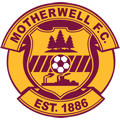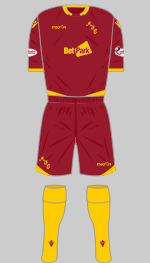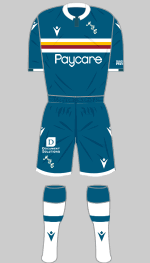Kit History

1886-1893
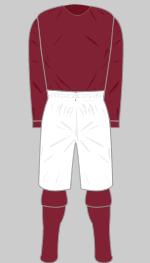
1893-1894 e
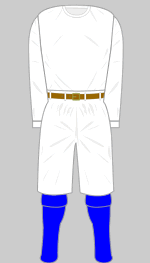
1897-1900 e

1900-1911
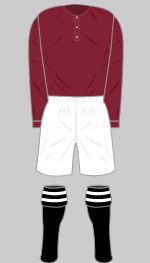
1911-1912 e
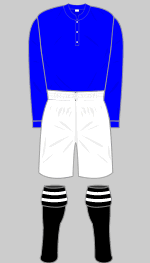
1913-1918 e
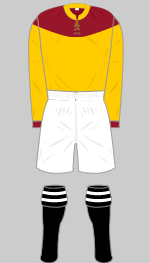
1918-1920 e
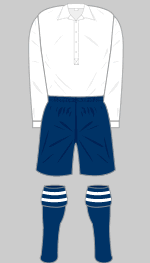
March 1920 e
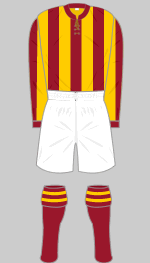
1920-1924 e
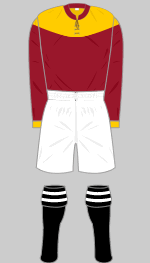
1924-1925 e
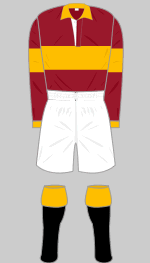
1928-1931 a
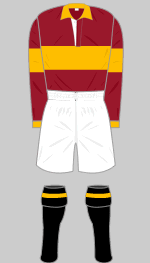
1931-1933 a
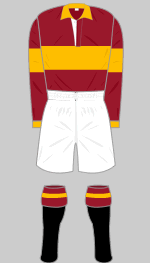
1934-1936 a
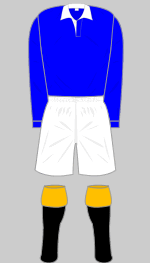
1936-1940 e
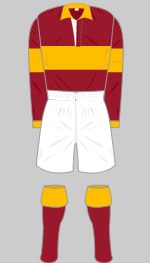
1940-1951 a
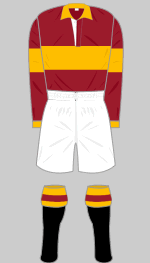
1951-1957 a
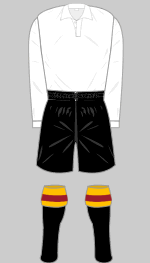
1952-1955 3rd b e
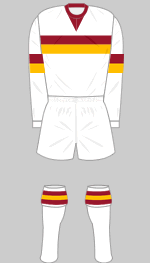
1957-1958 1 a e
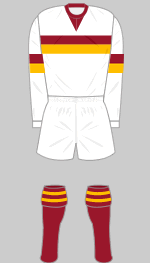
1957-1958 2 a e
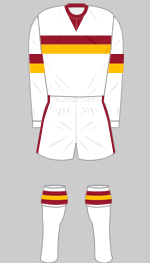
1958-1962 1 a e
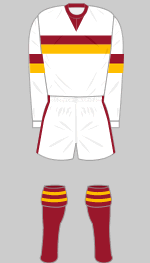
1958-1962 2 a
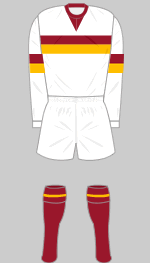
1963-1964 a c
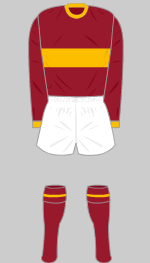
1964-1965 a
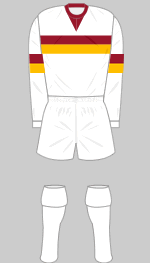
1965-1966 e
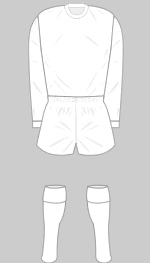
1966-1973 a e
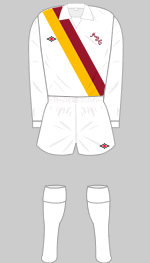
1973-1975 a
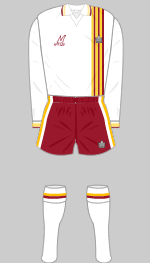
1976-1978 1 a
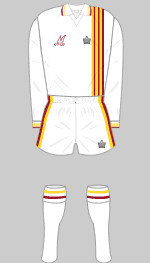
1976-1978 2 b
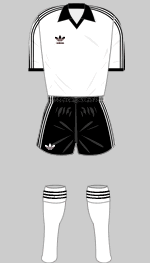
3 Sept 1980 a
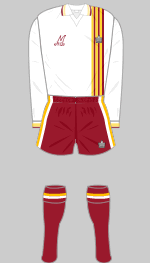
Aug 1981 a
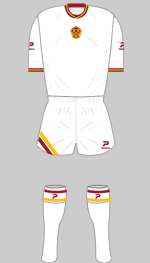
1982-1985 a
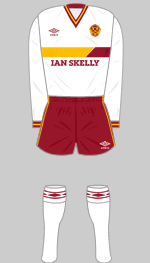
1985-1987 a
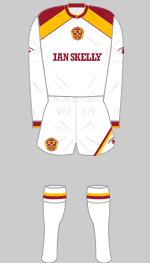
1987-1989 a
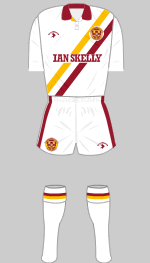
1989-1990 a
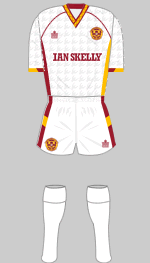
1990-1991 a
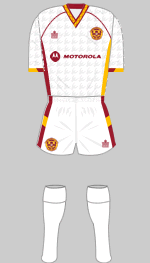
1991-1992 a
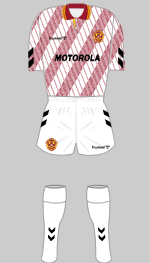
1992-1994 a
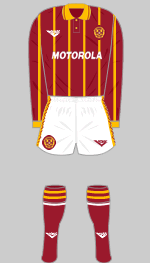
1994-1995 b
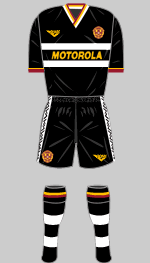
1995-1996 b
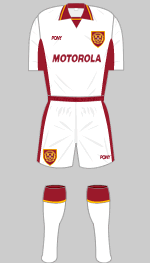
1996-1997 b
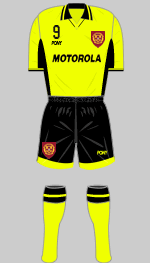
1997-1998 b
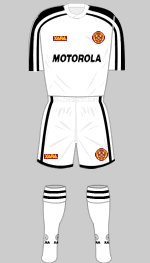
1998-2000 b d
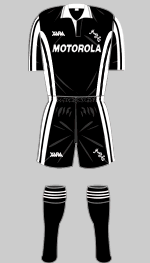
1999-2000 3rd b d
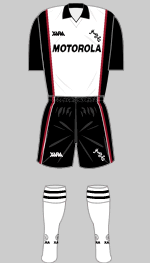
2000-2001 b
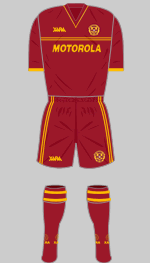
2001-2002 b
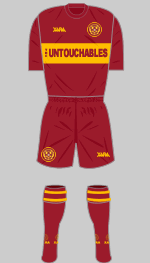
2002-2003 b
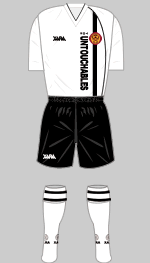
2002-2003 3rd b d
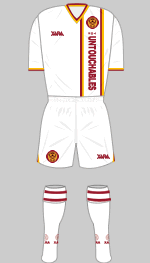
2003-2004 b
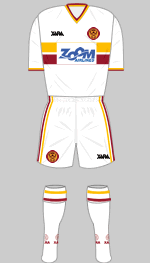
2004-2006 b
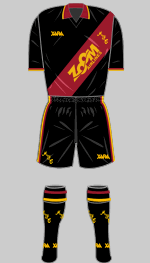
2005-2006 3rd b
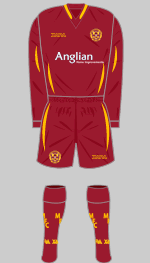
2006-2007 b
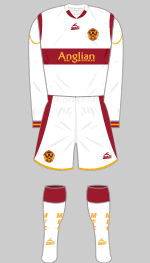
2007-2008 b
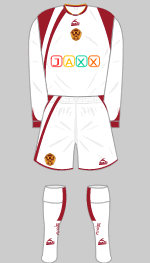
2008-2009 b
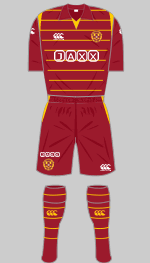
2009-2010 b
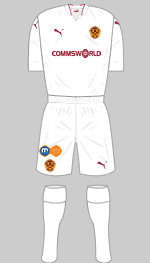
2010-2011 b
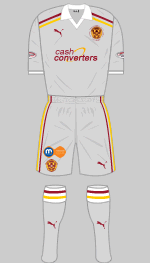
2011-2012 b d
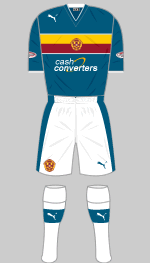
2012-2013 b d
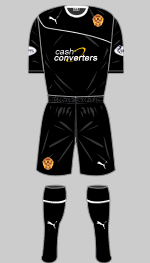
2013-2014 b
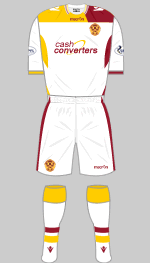
2014-2015 b
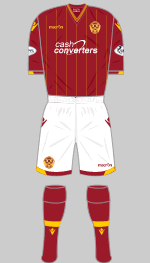
2015-2016 b
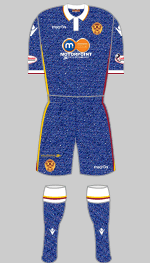
2016-2017 b
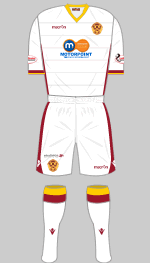
2016-2017 b
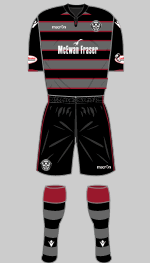
2017-2018 b
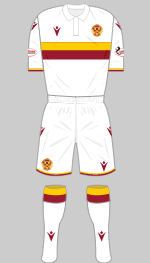
2019-2020 b
Background
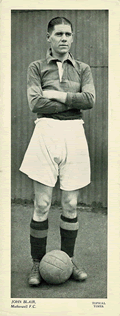 The first record of Motherwell wearing a change kit comes from The Motherwell Times (5 August 1893) which recorded that the team would turn out in a "new rigout - maroon shirts and sateen knickers." The team were still referred to as "The Blues" in the press at the time so we can be certain this was a change strip.
The first record of Motherwell wearing a change kit comes from The Motherwell Times (5 August 1893) which recorded that the team would turn out in a "new rigout - maroon shirts and sateen knickers." The team were still referred to as "The Blues" in the press at the time so we can be certain this was a change strip.
When Motherwell first adopted claret and amber jerseys in 1913 they retained their old blue tops for colour clashes. These were only needed once each season for the home game against Hearts. They were finally retired in 1918-19 when a reversed version of their yoked jerseys was adopted.
When Motherwell introduced their iconic amber shirts with the wide claret band round the body and sleeves in 1928, they ordered up an alternative set with the colours reversed to serve as a change strip (worn with their regular knickers and socks). These got just one outing in the league each season, in the home matches against Partick Thistle (in Scotland the home team changed when colours clashed in those days). They were replaced in 1936-37 by plain blue shirts.
In the 1950s plain white shirts were worn against Alloa Athletic (February 1953) and Partick Thistle (November 1954) presumably because both 'Well's first and second choice jerseys clashed with those of their opponents.
In the late 1950s, when floodlights were installed at Fir Park, a white change strip was adopted and worn in friendly games against international opposition as well as when needed in domestic competition. The reversed claret and amber style was revived in 1964 but after 1965, white was favoured with various trims in the club's traditional colours.
In 1979 Adidas started to supply 'Wells playing kit but they neglected to provide a change strip. A stock white and black strip was worn in a League Cup tie against Dundee United in September 1980 and the old white Admiral strip was trotted out for a match against Partick Thistle in 1981 but otherwise, Motherwell did not wear a change strip during the three years that they were contracted to Adidas.
White was the preferred dominant colour until 1994, when more adventurous combinations appeared. Although there have been exceptions over the seasons, 'Well's change strips usually retain a reference to the club's iconic claret and amber colours.
Sources
- (a) Stuart Graham (Motherwell FC Official Historian), Matt Johnstone & Willie Kay
- (b) Motherwell FC
- (c) Thomas Kenmuir
- (d) Neil Macleod
- (e) Alick Milne
Photo Credit: Motherwellnet


